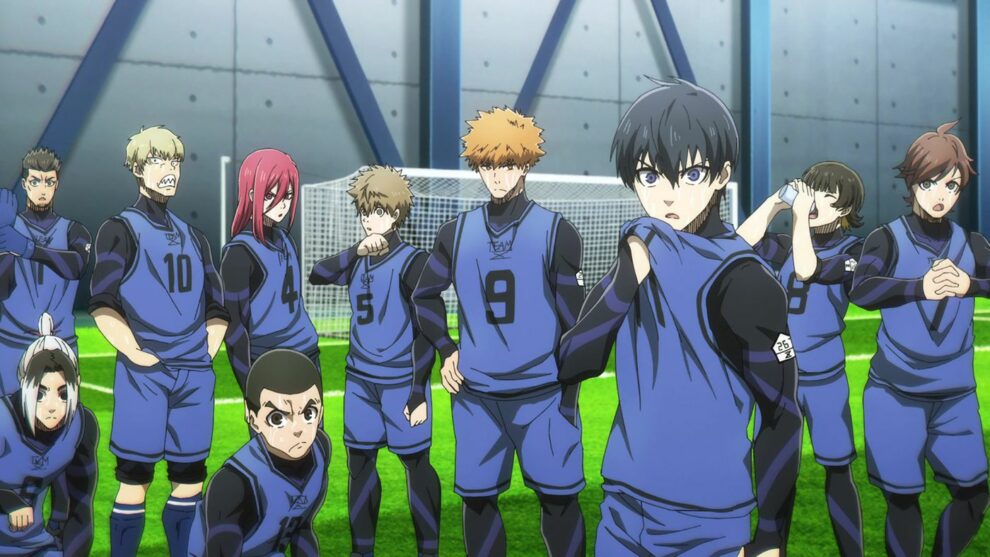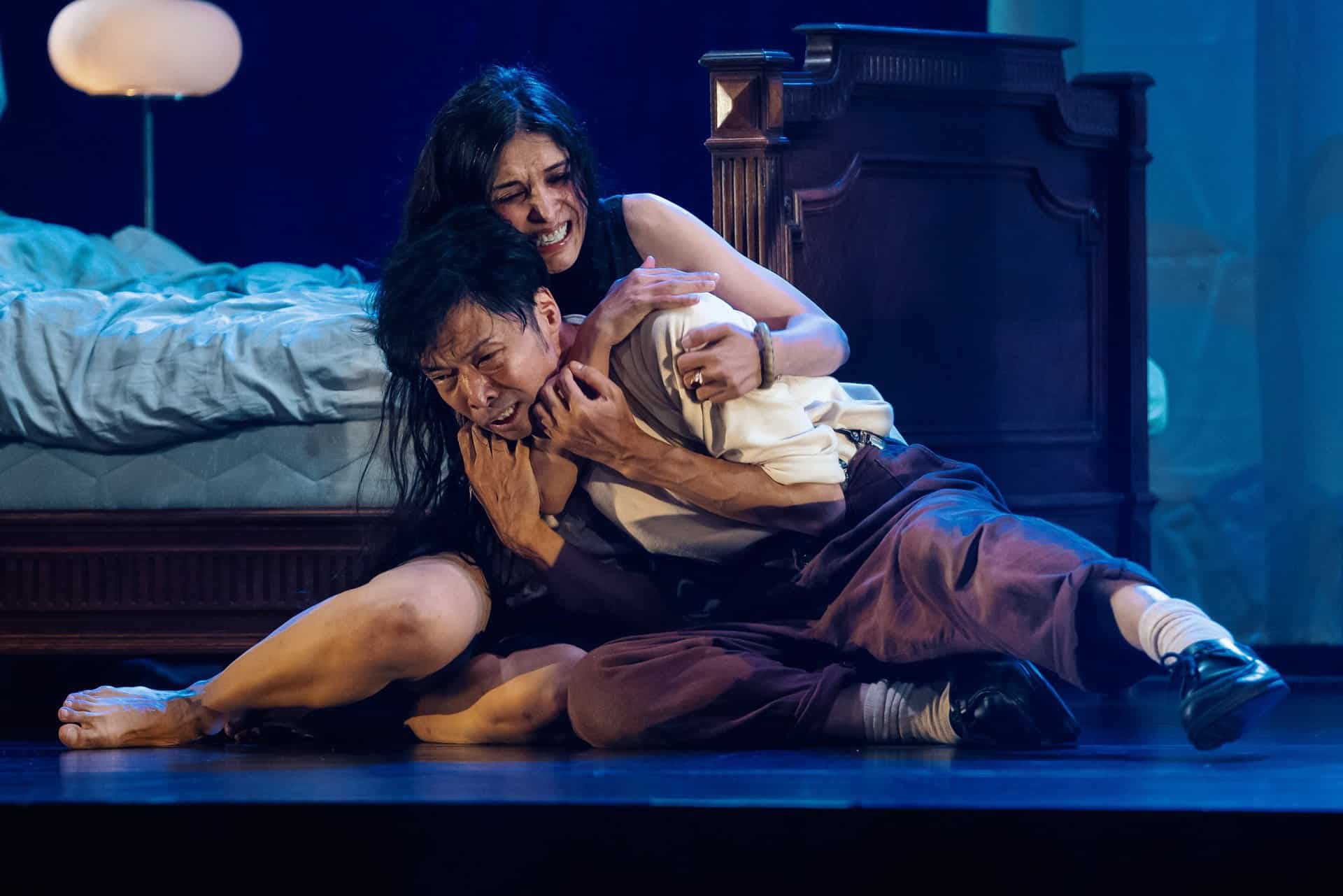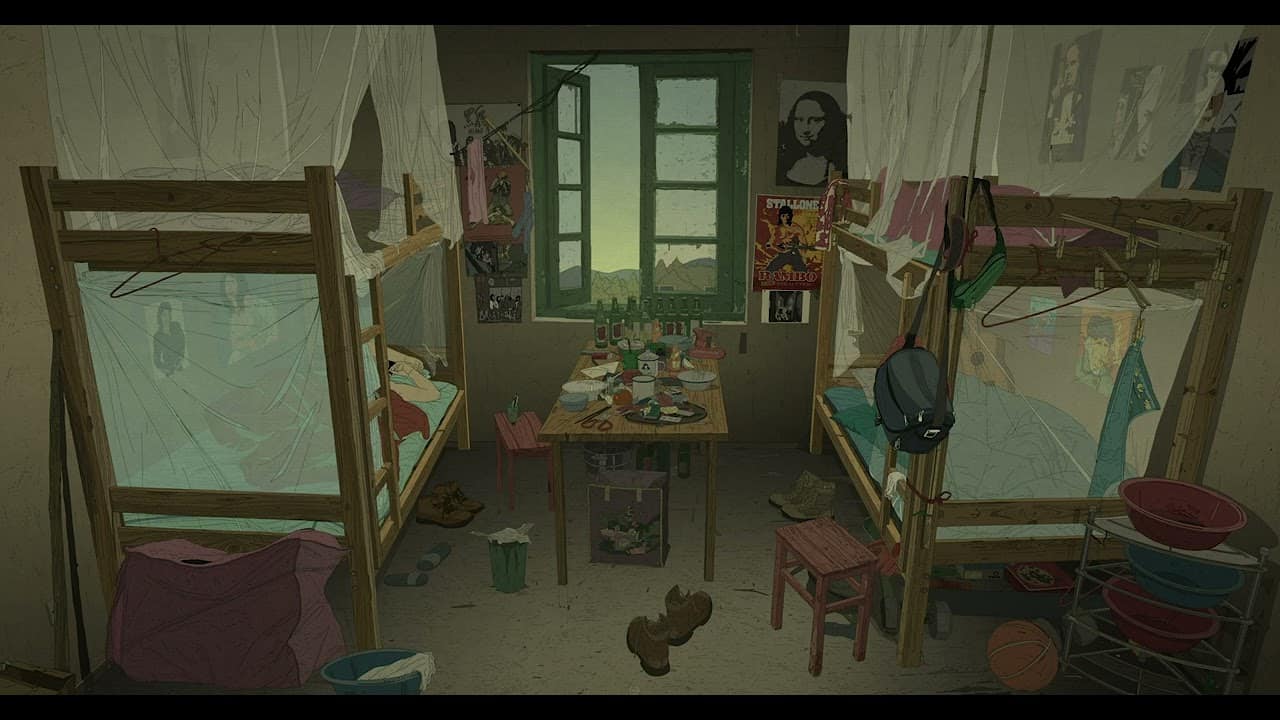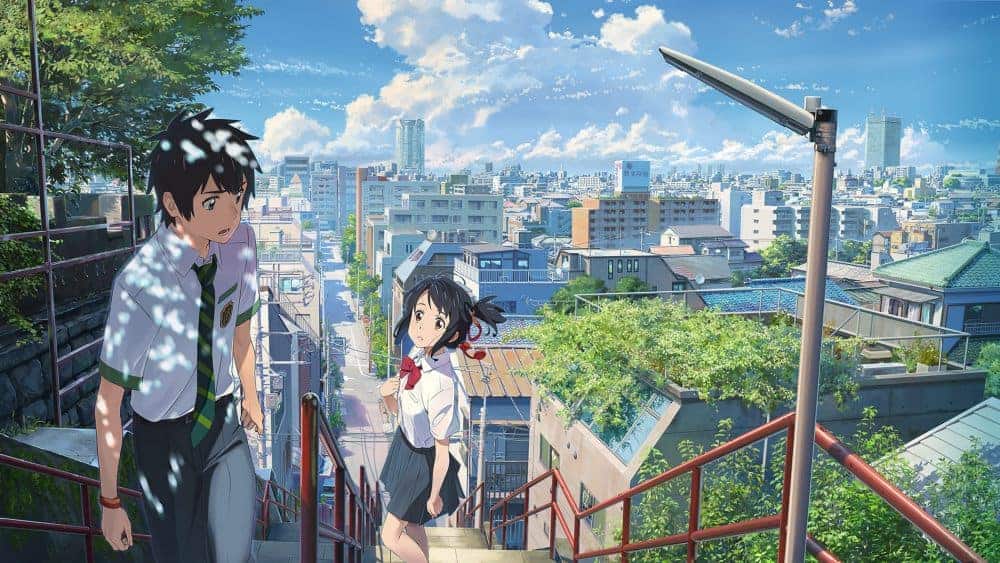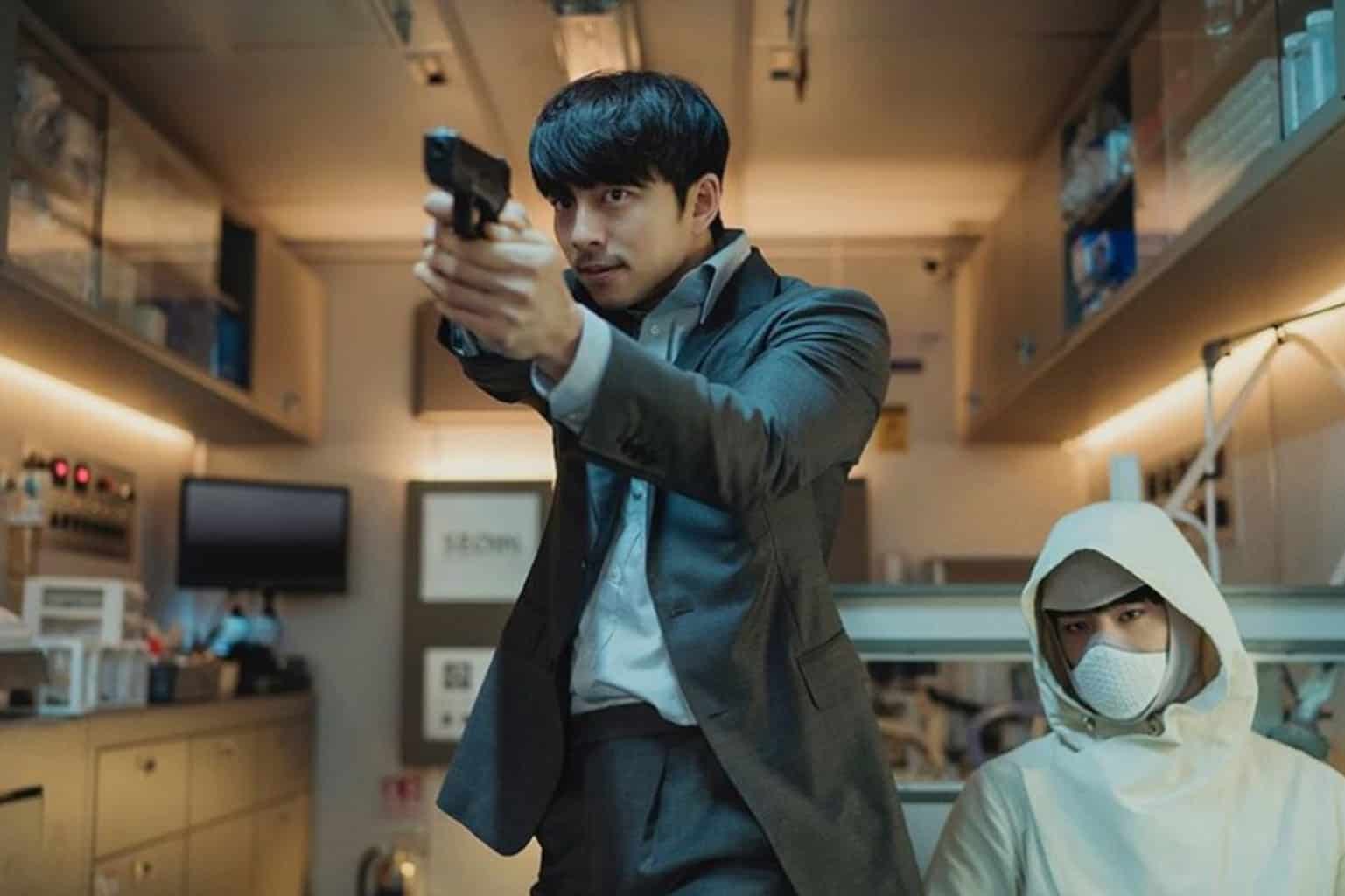If you have ever seen any sports anime, such as the recent “Haikyuu!!” or “Kuroko's Basketball” for example, you probably realize that the Japanese treat them much like shonen, with the protagonists meeting stronger and stronger opponents, losing, training, winning and again from the beginning, along with the flashbacks during battle that present the background of the various characters appearing in the series. Furthermore, presenting aspects that are mundane in sports, like a dribble or a rebound as deeds of epic proportions on occasion, will probably make you wonder if the creators of such series have any clue about the sport they deal with, or if they know something only utmost professionals do. “Blue Lock” definitely follows the same path, by adding, however, a number of elements that could be described as dystopian, which, in the end, make it stand out.
Watch This Title on Crunchyroll
by clicking on the image below
Based on the manga series written by Muneyuki Kaneshiro and illustrated by Yusuke Nomura, the main premise of the series is, somewhat expectedly, excessive. The masterminds behind Japanese soccer have decided that the reason that local quality has not reached the levels of Spain, France, Argentina, Brazil etc, is that local players have too much team spirit, which has prevented them from creating world class strikers as the aforementioned countries. As such, a program has been introduced and approved by the federation, which aims at raising the egoism of local youth talent, who, under intense training and dog-eat-dog conditions, will finally manage to provide a top goalmaker.
The program's name is Blue Lock, and the mastermind behind the whole thing is a mysterious individual named Ego, who runs it with the help of voluptuous Anri Teieri (yes indeed). To ensure their goal (pun intended), they have taken the three hundred best young soccer players in the country, placed them inside a state-of-the-art training facility, and essentially pitted them against each other, even within the same teams. The dystopian element mentioned above, apart from their stranding in the particular facility away from any kind of exterior influence, is that the ones that are disqualified are forever prevented from joining the national team, essentially seeing their dreams immediately shattered. Yoichi Isagi may be number 299 out of 300, but no one will stop him from getting to the top.
As mentioned in the prologue, the premise here is shonen through and through. In that fashion, more and more characters are presented constantly, adding to the overall story through their background and current mentality, with the fact that ‘there can be only one' but still need to cooperate with their teammates in order for their teams to win, creating an explosive balance that Tetsuaki Watanabe takes advantage of at the fullest to analyze his characters and competitive sports in general. Another element that adds even more to this concept is the fact that, throughout the 24 episodes, the teams change players repeatedly, meaning that former teammates end up being opponents and vice versa, with the way this works in the third stage being utterly cruel.
As such, the tactics presented in the games go much beyond football, since the players also need to shine individually, which results in a number of clashes, even among teammates, not to mention betrayals of the worst sort. In general, the way the matches are presented is also the way shonen battles are presented, with elaborate plans created by masterminds, occasionally fully succeeding, occasionally shattered completely by their opponents, creating a rather welcome tension throughout. That the plans, and particularly of Yoichi are depicted as pieces of puzzles coming together is one of the best aspects of the series, highlighting the job done in the animation by 8bit as much as the presentation of the matches themselves, that also thrive on their speed. Apart from that, individuals evolving to higher forms during the games, the existence of geniuses, gods and monsters, with the latter finding a particularly intriguing hypostasis in the persona of Bachira, add even more to the sense that these are actual battles, as much as to the shonen aesthetics.
That even through these extreme circumstances, friendships are shaped is another main comment, highlighting how feuds and intense competition can actually lead to positive results. Lastly, that much focus is placed on the consequences of losing cements the overall great context here.
On the other hand, the sense of measure does get lost a number of times, with the games and their analysis becoming too poetic and philosophical, not to mention overanalyzed, a concept that becomes particularly annoying if one binge watches the series. Furthermore, the constant appearance of new characters makes it a bit difficult to empathize with the majority of them, although Watanabe both keeps the focus on some main ones and takes care of “deleting” others. The final episode, however, which introduces a couple of dozen new ones, does make the next season a bit worrisome, as it could go the chaotic path of “My Hero Academia”.
Kenji Tanabe and Kento Toya's character design is definitely among the best aspects of the series. That the two of them have managed to retain the individuality of so many characters in terms of drawing is a feat in itself, but the quality of each of them is also wondrous to look at. The focus on the eyes, who are presented much larger, even add an element of horror to the anime, which definitely works well here. The ‘silly faces' are here once more, but thankfully, they are much toned down. As mentioned, the animation is also top notch, despite some brief moments of CGI here and there, while the level of detail in the background and the overall coloring cement the high level of the visual of the series. The heavy-metal-guitars of Jun Murayama's music are also quite fitting, adding to the tension that permeates the narrative.
“Blue Lock” presents an explosive balance of competitive sports, character analysis and friendships that are shaped through intense circumstances. Through the combination of the rather high level of the production values, it is bound to become a fan favorite moving forward, in one of the best titles of the year so far.


